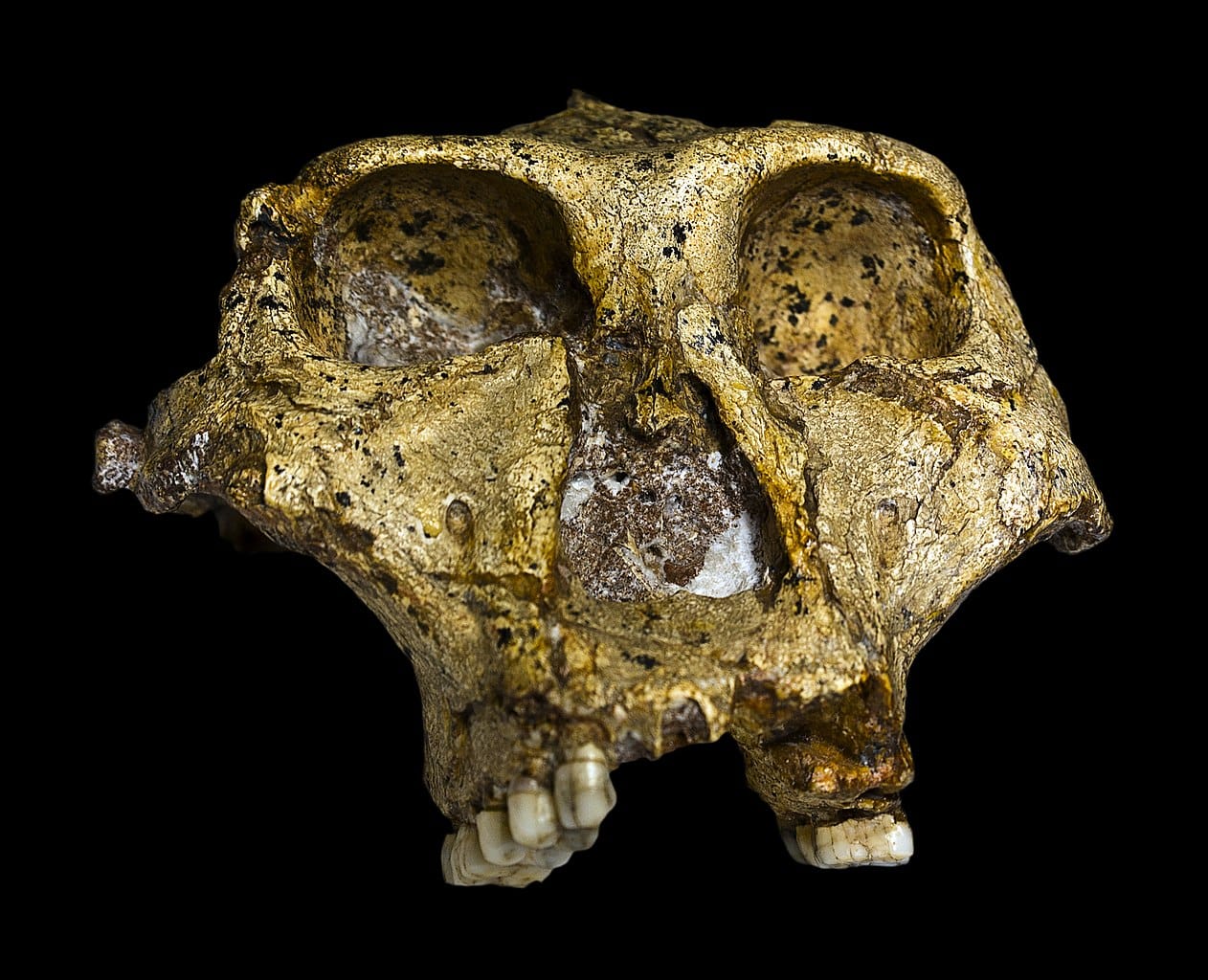

In a breakthrough for paleoanthropology, scientists have determined the sex of a 2-million-year-old hominin for the first time.
The study, led by researcher Palesa P. Madupe and published in the journal Science, uses ancient enamel proteins to identify whether early members of Paranthropus robustus were male or female.
This marks the first time researchers have used this method to answer questions about sex in African fossils.
The four fossilized teeth, found at the Swartkrans cave site in South Africa, belonged to Paranthropus robustus, an early human relative. The site is part of the Cradle of Humankind World Heritage Site.
Researchers extracted proteins from the tooth enamel and used mass spectrometry to identify key markers. Two teeth came from males and two from females, based on the presence or absence of AMELY peptides – a protein found only in males.
Until now, scientists relied on size and shape to guess the sex of ancient remains. But those features often overlap between males and females, especially in fossil samples. With this study, protein evidence added clarity where bones alone could not.
The researchers also examined the tooth structure and found further support for their findings. Measurements such as tooth width and length matched the protein-based sex identifications. One tooth, SK 835, was previously thought to be from a female due to its small size. But the presence of male-specific proteins and strontium isotope data showed otherwise.
The study also opens new questions about variation within Paranthropus. One of the four individuals, SK 835, showed unique genetic features not seen in the others. This could point to either diversity within the species or the existence of a separate but related group.
Additional analysis of the teeth’s internal structure—the enamel-dentine junction—also revealed shape differences between specimens. These differences suggest the possibility of more than one Paranthropus group in the region at the time.
By comparing protein sequences across several hominin species, the team confirmed that Paranthropus belongs firmly within the human family tree. Their findings place the group as an outlier to the clade that includes modern humans, Neanderthals, and Denisovans.
Take a look at this beautiful mandible from Swartrkans in South Africa. It’s what we presently call a Paranthropus robustus. Notice the “robust” mandible, large teeth and molarization of the premolars. What a lovely specimen of an ancient hominin likely between 1.5 and 2 million… pic.twitter.com/Tlx2PJm9n2
— Lee R Berger (@LeeRberger) May 28, 2025
Still, the protein-based tree hints that SK 835 may be more distantly related to the other three individuals, further supporting the idea of hidden diversity within the species.
The team’s ability to retrieve ancient proteins from enamel—a highly durable tissue—shows that important biological data can survive deep time, even in the hot climate of Africa. Ancient DNA has rarely survived in fossils this old or such environments. However, enamel proteins are proving more resilient.
To ensure accuracy, the researchers cross-checked their data in two labs, one in Europe and one in South Africa. They confirmed the molecular results matched expectations for age, location, and preservation. The protein profiles also showed no signs of contamination.
The study not only addresses sex identification but also brings new precision to longstanding debates about early hominin variation. Scientists have often struggled to determine whether fossil differences reflect sex, age, or different species. By combining proteomics and morphology, this research helps to separate these factors.
The findings may also shift the way scientists study early fossils across Africa. Many sites hold isolated teeth, which, until now, offered limited information. If protein extraction becomes routine, even small fragments could yield sex, genetic, and species data.
Researchers believe this method can soon be applied to other early hominins, including Australopithecus and Homo erectus. With more data, they hope to paint a clearer picture of how early human relatives lived, evolved, and differed from one another.
This study marks a turning point in how scientists explore ancient human ancestry. It shows that, even after two million years, a tooth can still speak—and reveal whether its owner was male or female.
